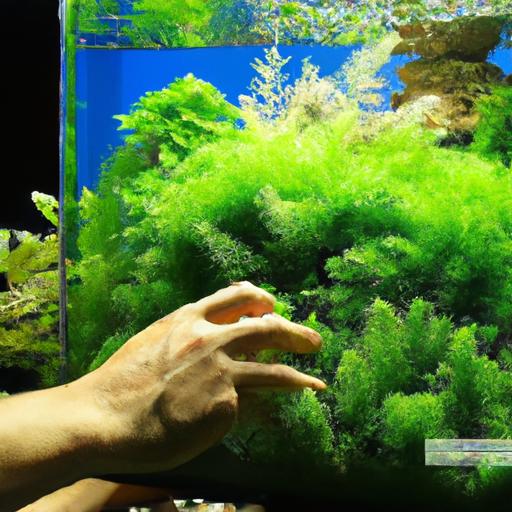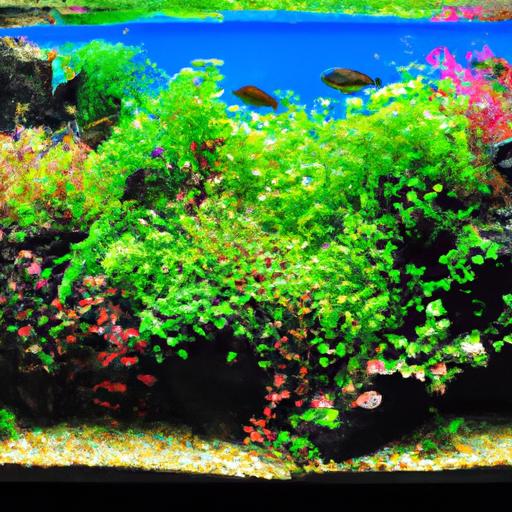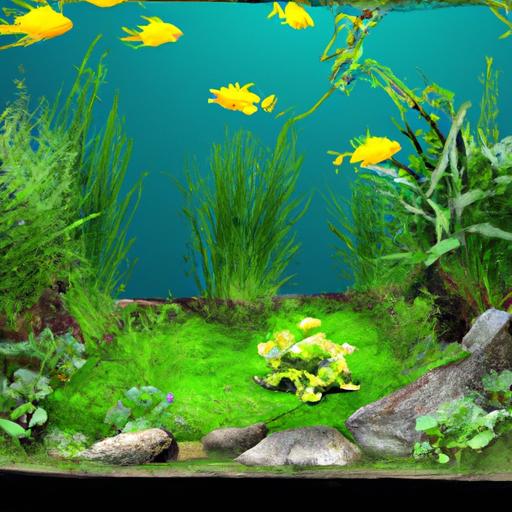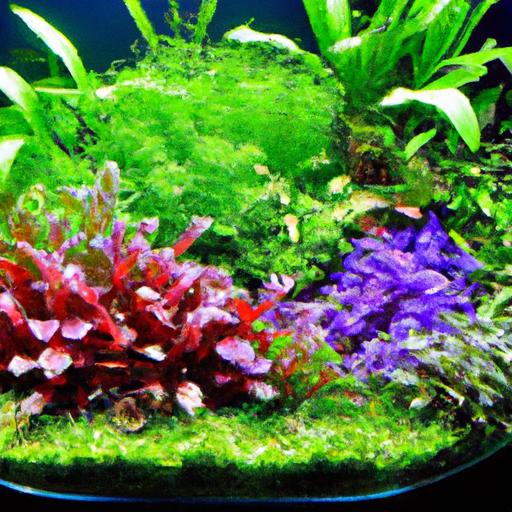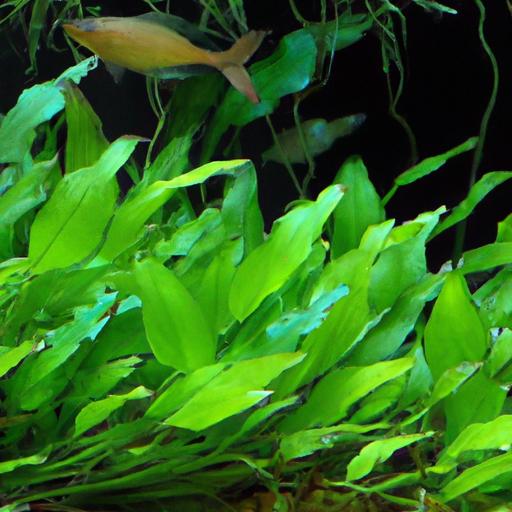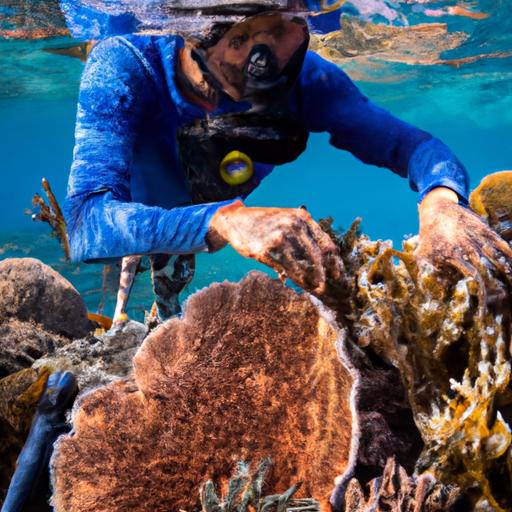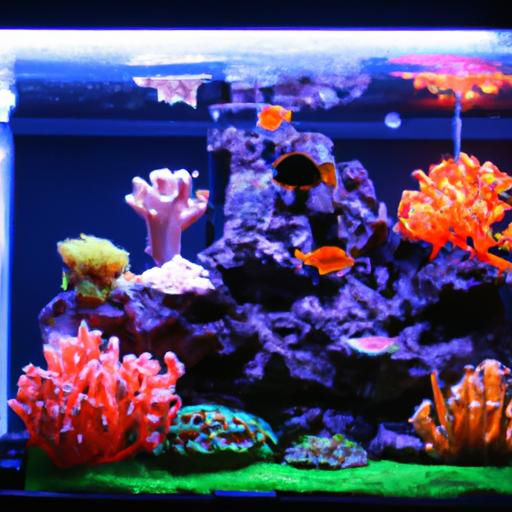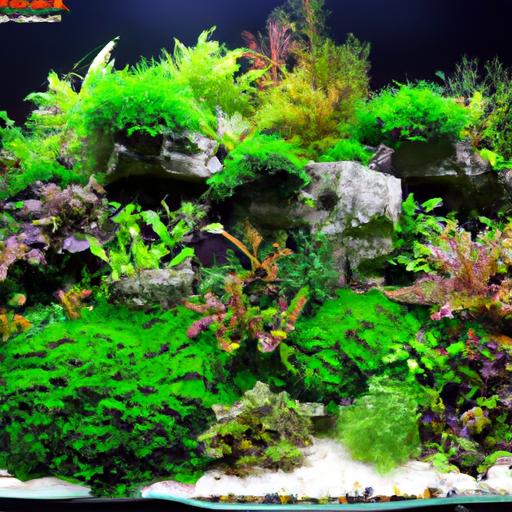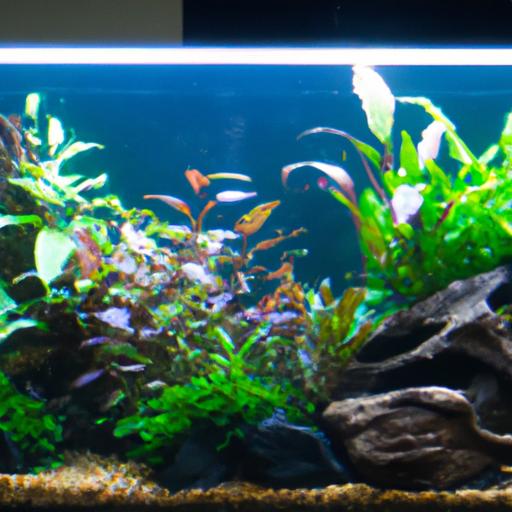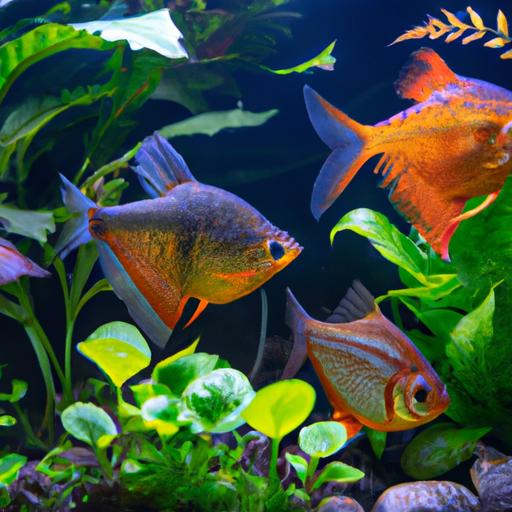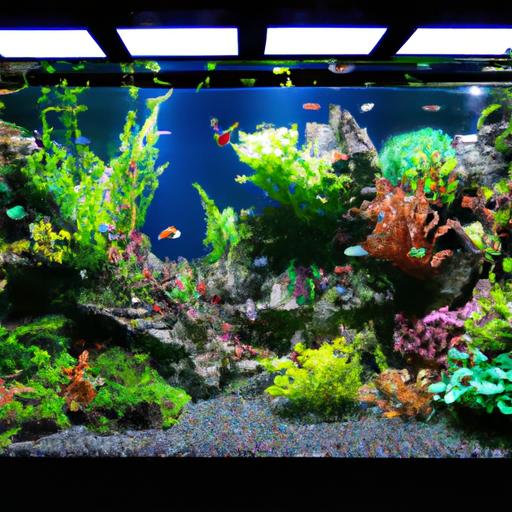
Best Practices for Growing Cryptocoryne Albida Varieties
Discover the best practices for growing Cryptocoryne Albida varieties in your aquarium. Learn about tank setup, substrate preparation, propagation techniques, and more.
Introduction
Cryptocoryne Albida varieties are a popular choice among aquarium enthusiasts due to their vibrant colors and unique leaf shapes. However, successfully cultivating these varieties can be challenging without proper knowledge and implementation of best practices. In this article, we will explore the essential techniques and strategies for growing Cryptocoryne Albida varieties to ensure optimal health and growth.
Best Practices for Growing Cryptocoryne Albida Varieties
Choosing the Right Tank Setup
To provide a suitable environment for Cryptocoryne Albida varieties, it is crucial to select the right tank setup. Consider the following factors:
-
Required Tank Size and Water Parameters: Cryptocoryne Albida varieties thrive in larger tanks with a capacity of at least 20 gallons. Maintain stable water parameters, including a temperature range of 75-82°F (24-28°C) and a pH level between 6.0 and 7.5.
-
Proper Filtration and Lighting: Install a quality filtration system to maintain water clarity and remove toxins. Additionally, provide appropriate lighting conditions, as Cryptocoryne Albida varieties prefer moderate to high light intensity. LED lights are a popular choice due to their energy efficiency and adjustable settings.
Substrate Selection and Preparation
The selection and preparation of the substrate play a crucial role in the successful growth of Cryptocoryne Albida varieties. Consider the following guidelines:
-
Ideal Substrate Types for Cryptocoryne Albida: These plants thrive in nutrient-rich substrates such as aquarium soil or specialized plant substrates. These substrates provide essential nutrients and promote healthy root development.
-
Preparing the Substrate for Planting: Before planting, rinse the substrate thoroughly to remove any debris or excess nutrients. Spread a layer of substrate evenly at the bottom of the tank, ensuring it is at least 2-3 inches deep. This will provide a stable anchoring base for the plants.
Propagation Techniques
Cryptocoryne Albida varieties can be propagated through various methods. Familiarize yourself with the following techniques to expand your plant collection:
-
Division Method: Gently divide the plant into multiple sections, ensuring each section has its own roots and leaves. Plant these sections separately to encourage new growth.
-
Offshoot Method: Look for offshoots or baby plants growing from the main plant. Carefully detach these offshoots and plant them in a separate area. They will gradually develop into independent plants.
-
Emersed Culture Technique: Emersed culture involves growing Cryptocoryne Albida plants outside the aquarium. Place the plants in a container with a moist substrate and provide adequate lighting and humidity. This method can increase the chances of successful propagation.
Water and Nutrient Requirements
Proper water and nutrient management are essential for the healthy growth of Cryptocoryne Albida varieties. Consider the following guidelines:
-
Proper Water Quality and Temperature: Regularly monitor water quality parameters such as ammonia, nitrite, and nitrate levels. Perform regular water changes to maintain optimal conditions. Additionally, ensure that the temperature remains within the recommended range to promote healthy growth.
-
Essential Nutrients and Fertilization: Cryptocoryne Albida varieties benefit from regular fertilization. Use a high-quality liquid fertilizer or root tabs to supply essential nutrients such as nitrogen, phosphorus, and potassium. Be cautious not to over-fertilize, as this can lead to algae problems.
-
Managing Algae Growth: Algae can pose a challenge when growing Cryptocoryne Albida varieties. Maintain a balance between light duration and intensity to prevent excessive algae growth. Additionally, manual removal and the introduction of algae-eating fish or invertebrates can help control algae outbreaks.
FAQ
How long does it take for Cryptocoryne Albida to grow?
The growth rate of Cryptocoryne Albida varieties can vary depending on various factors such as lighting, nutrient availability, and water conditions. Generally, these plants exhibit steady growth and can reach their full potential within a few months.
Can Cryptocoryne Albida be grown in low-light environments?
While Cryptocoryne Albida varieties prefer moderate to high light intensity, they can tolerate lower light conditions. However, growth may be slower, and the plants may exhibit elongated leaves as they stretch towards the light source.
What are the common challenges faced when growing Cryptocoryne Albida?
Some common challenges include algae growth, nutrient deficiencies, and the adjustment period after planting. However, by following the best practices outlined in this article, these challenges can be effectively managed.
Is CO2 supplementation necessary for growing these varieties?
While CO2 supplementation is not essential for the growth of Cryptocoryne Albida varieties, it can significantly enhance their growth rate and overall health. CO2 injection systems provide additional carbon dioxide, which is essential for photosynthesis and can result in more robust and vibrant plants.
Conclusion
Implementing the best practices for growing Cryptocoryne Albida varieties is crucial to ensure their optimal health and growth in aquariums. By carefully selecting the tank setup, preparing the substrate, utilizing proper propagation techniques, and managing water and nutrient requirements, enthusiasts can create thriving underwater landscapes. Remember to choose appropriate lighting, maintain water quality, and address any challenges promptly. By following these guidelines, you can enjoy the beauty and success of cultivating Cryptocoryne Albida varieties in your aquarium.
